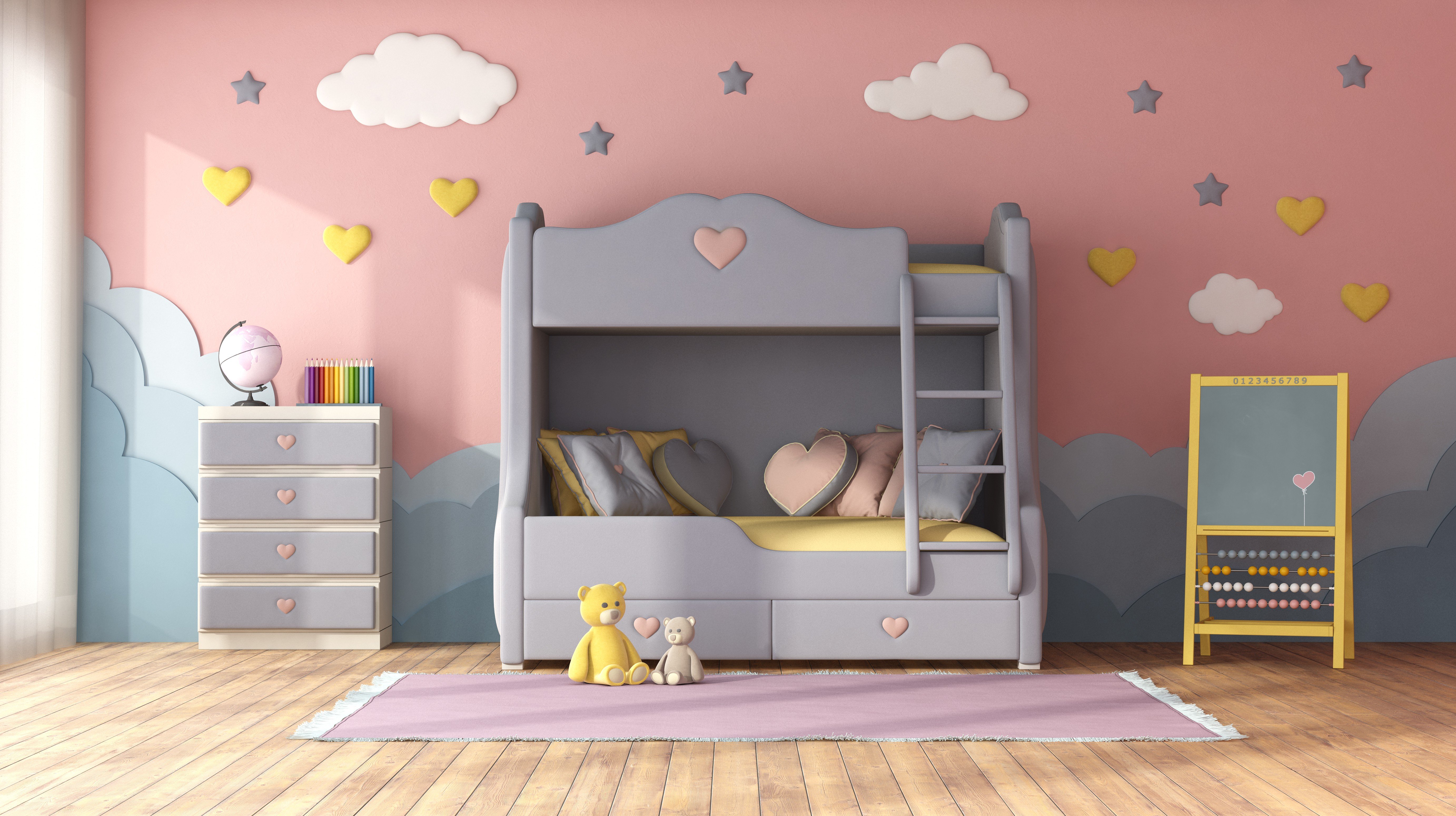13 Things You Should Know About Bunk Bed That You Might Not Know
A Comprehensive Guide to Children's Bunk Beds: Styles, Benefits, and Safety Considerations
Bunk beds have actually become a popular option for families looking to maximize space and provide a fun sleeping environment for children. With their special style, they use an imaginative and practical solution for shared bed rooms, playrooms, or even guest accommodation. This post explores the various designs of children's bunk beds, their advantages, safety factors to consider, and addresses some frequently asked concerns.
The Allure of Bunk Beds
Kid's bunk beds are more than simply space-saving structures; they are also an entrance to adventurous dreams and creative play. Below is an in-depth evaluation of their numerous advantages.
Advantages of Bunk Beds
- Space-Saving: Bunk beds effectively use vertical space, making them a perfect option for smaller rooms.
- Spirited Design: Many bunk bed designs consist of slides, camping tents, and themed aspects, sparking imagination and enjoyment.
- Partner Sharing: Bunk beds are best for siblings sharing a room or accommodating pajama parties.
- Versatile Use: Some models can be separated into 2 individual beds, offering flexibility as children grow.
- Storage Options: Many bunk beds come with built-in drawer storage or racks, even more boosting their practicality.
Styles of Children's Bunk Beds
The range of bunk beds readily available today deals with different choices and requirements. Below is an introduction of some popular designs.
Style
Description
Best For
Standard Bunk Bed
A standard design featuring one bed stacked above another.
Brother or sisters sharing a space.
Loft Bed
Comparable to a bunk bed without the bottom bunk, enables a work space or play location listed below.
Minimal space for play/desk.
L-Shaped Bunk Bed
Two beds set up in an L-shape, typically with additional sections for storage or play.
Special room designs.
Twin Over Full
A twin bed over a complete bed, accommodating various sleep needs.
Growing kids and teens.
High Sleeper
Stands even higher than a loft bed, normally featuring a desk or play location listed below.
Older kids requiring more play/desk space.
Camping Tent Bunk Bed
Bunk beds with a canopy or tent-like structure, producing a relaxing, enjoyable space.
Active and imaginative kids.
Key Features to Consider
When choosing the right bunk bed for kids, the following features are worth considering:
- Material: Bunk beds can be made from wood, metal, or a combination. Each has its unique aesthetic and resilience.
- Weight Capacity: Always verify the weight limit of the bunk bed to guarantee it can accommodate your children safely.
- Security Rails: Ensure the leading bunk has sturdy rails to avoid falls.
- Ladder Security: A properly designed ladder needs to provide easy and safe access to the upper bunk.
- Completing: Ensure any finishes are non-toxic and safe for children.
Security Considerations
Safety is vital when it pertains to children's bunk beds. The following guidelines must be adhered to:
- Age Appropriateness: Generally, children under 6 years old should not oversleep the upper bunk due to security threats.
- Durable Construction: Ensure the frame and materials are strong and can support the weight without drooping.
- Routine Maintenance: Periodically look for loose screws, bolts, or other elements that might need tightening up.
- Clear Play Area: Keep the area around the bunk bed complimentary of toys and barriers to decrease tripping threats.
Setting Rules for Safe Use
Establishing standards for bunk bed usage will assist ensure security:
- Limit Jumping and Climbing: Children ought to be advised versus jumping from the leading bunk and climbing up on the sides.
- Supervising Sleepovers: Monitor young guests while they are using the bunk bed for the very first time.
- Inform on Ladder Use: Teach how to use the ladder safely, emphasizing the importance of facing the ladder when going up or down.
Regularly Asked Questions
1. What age is proper for a child to oversleep the leading bunk?
Many producers recommend that children must be at least 6 years of ages to oversleep the upper bunk. This guideline is designed to reduce the danger of falls.
2. Can bunk beds be personalized?
Yes, numerous makers offer adjustable alternatives, consisting of colors, materials, and additional functions like drawers or desks.
3. Are bunk beds safe for weight?
Bunk beds have weight limits, normally varying from 200 to 400 pounds, depending on the design and product. Always check Kids Bunk Bed thusegouia.top .
4. How do I maintain and clean a bunk bed?
Routinely check for loose parts, keep the bed clean by cleaning down surface areas, and make sure the bedding is fresh to promote a safe and hygienic sleep environment.
5. Can bunk beds be separated into individual beds?
Lots of bunk beds feature an alternative to separate them into two individual beds, supplying long-term flexibility.
Kid's bunk beds are more than mere furnishings; they are a functional, versatile, and creative part of a child's room. With numerous designs readily available and many security factors to consider to keep in mind, moms and dads can pick the ideal bed that fits their space, satisfies their children's requirements, and imparts a sense of adventure. By understanding the advantages, styles, and security measures related to bunk beds, households can develop a wonderful and safe and secure sleeping environment for their kids. Whether for siblings sharing a space or space-saving solutions, bunk beds remain a cherished choice for lots of families.
